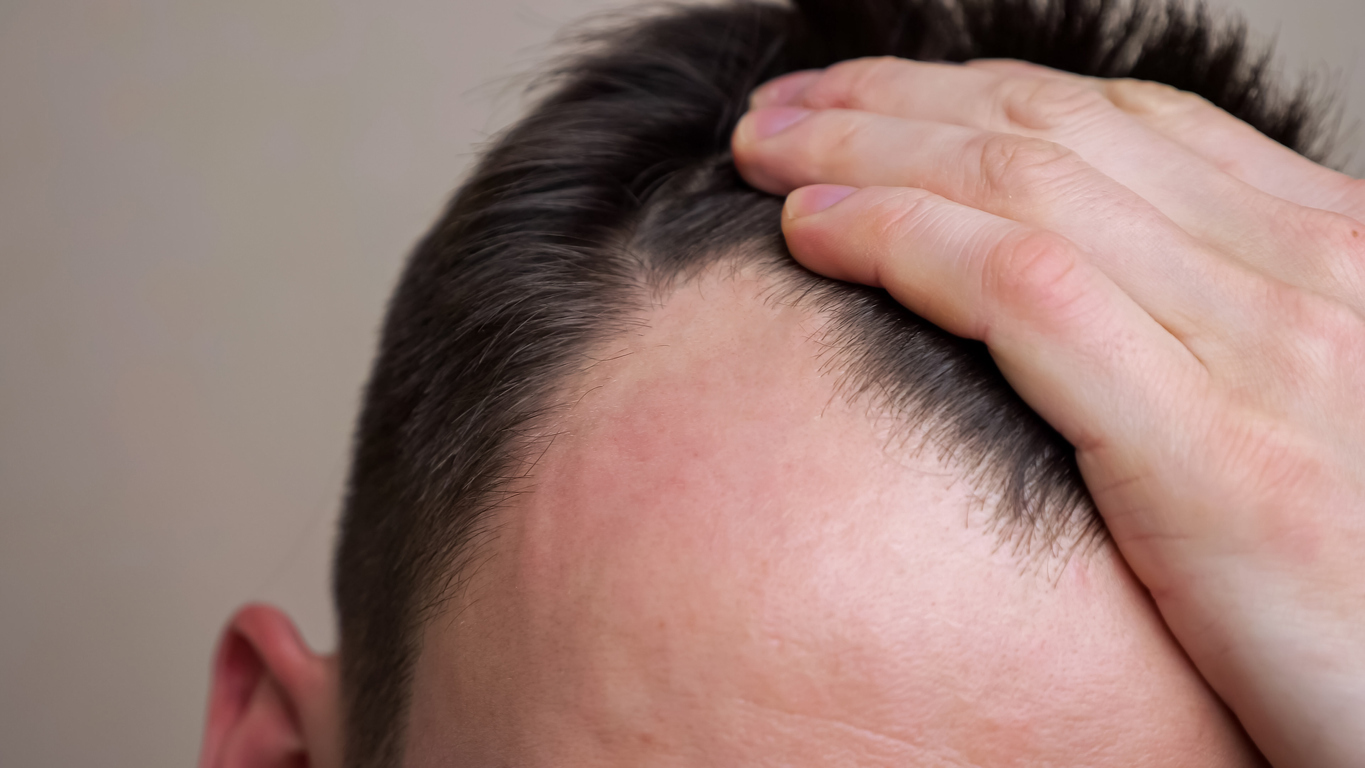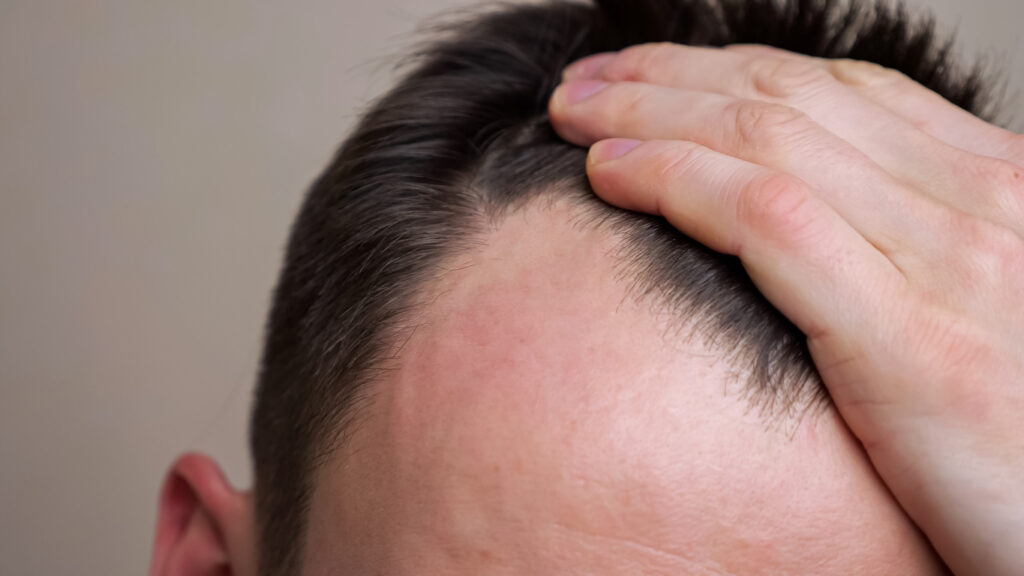
8 Signs of Going Bald
Baldness, medically referred to as alopecia, is a condition that refers to excessive loss or absence of hair. The pattern of hair loss varies, depending on the cause. While people can lose hair on any part of the body, baldness is typically most visible on the scalp.
Hair loss can have several causes, and there are a few signs to keep an eye out for. But if you’re struggling with the first signs of thinning hair, the good news is that hair loss doesn’t have to be a permanent problem. It’s easy to get a hair transplant in New York, whether you’ve gone without hair for a while or are experiencing early signs of balding at 20.

What Causes Baldness? Types of Hair Loss
The primary cause of hair loss is often attributed to genetic factors. Some people are prone to baldness even at an early age. Nonetheless, numerous medical and behavioral influences can interrupt the natural hair growth cycle, resulting in hair loss on the head and other areas like the beard or eyebrows.
Family History
The most prevalent form of hair loss in males and females is known as androgenetic alopecia. It is an inherited condition with various contributing factors, including genetics and the influence of androgens, which are male sex hormones.
This condition is marked by a gradual and ongoing decline in scalp hair growth following puberty. It affects approximately 50% of the population in the United States.
In men, it is referred to as male-pattern baldness. Likewise, women experience female-pattern baldness.
- Male-Pattern Baldness: You start noticing hair loss at any point following puberty that may gradually advance over several years or even decades. Signs of hair loss in men begin above the temples and proceed to encircle the outer edges and crown of the head, frequently leaving behind a band of hair along the lower portion of the scalp.
- Female-Pattern Baldness: Most women will experience female-pattern hair loss to some extent at some point in their lives. While it can begin at any time after puberty, it mostly occurs during menopause. The likelihood of experiencing hair loss increases as women age, and those with a family history of hair loss on either side are at a higher risk.
Medical Conditions
Various medical conditions may also cause hair loss, including examples such as:
- Alopecia Areata: Also known as patchy alopecia, this type of hair loss occurs when the body’s immune system mistakenly attacks the hair follicles. Your hair disappears in round or oval patches. Infections such as ringworm may also cause baldness in patches.
- Telogen Effluvium: This is a temporary form of baldness caused by factors like medications, injuries, and emotional and physical stress. Telogen effluvium causes hair thinning on top of the head but can also affect the hair on the back and sides of your scalp.
Medication
Chemotherapy and radiation treatment can also cause baldness. Other medications for conditions like arthritis, depression, heart problems, gout, and high blood pressure can cause hair loss in some people.
Hairstyles and Treatments
Frequently styling your hair in tight ponytails, buns, or braids and using hot combs can lead to traction alopecia. It’s caused by continuous stress on the hair roots. This type of hair loss can be reversed if you stop pulling your hair back tightly.
8 Signs You May Be Going Bald
Gradual hair thinning on the scalp happens naturally in many men and women as they age. Usually, it starts from the front of the head and recedes with time. Other common early signs of balding include:
- Circular or patchy bald spots on the scalp, beard, or eyebrows
- Significant hair loss during or after showering or brushing
- A bald spot that spreads wider over time
- A distinctive pattern resembling a horseshoe that leaves the center of the scalp exposed
- Hair taking longer to grow back
- Having a hard time growing hair to a certain length
- Getting sunburns on the scalp
- A noticeable loss of thickness in individual hair strands
You may also experience other signs of hair loss before, in your mid-twenties, or later. These signs may be a result of an underlying condition. They include:
- A burning or stinging sensation before the sudden loss of hair
- The presence of scaly areas without hair, often accompanied by sores or blisters that rupture and release pus
- Redness, swelling, and the formation of sores that can be itchy and release pus
When To See a Doctor
If you are concerned by a sudden loss of hair and any of these symptoms, it is important to see a doctor. It is possible to get treatment and regrow your lost hair. Ask for help when you spot the first signs of hair thinning.
Your doctor may recommend some form of medication to prevent further hair loss. Minoxidil can increase hair growth for both men and women experiencing hereditary hair loss. However, it is important to consult a certified dermatologist before using any hair loss medication.
Hair Transplants NYC
Another option is to get a hair transplant from licensed professionals specializing in procedures such as Follicular Unit Transplant (FUT), Follicular Unit Extraction (FUE), Scalp Micropigmentation (SMP), and Platelet Rich Plasma (PRP). Hair Restoration NYC offers these services and more to help you boost your confidence and restore lost hair.
Our hair transplants in New York are highly successful in offering permanent results without leaving any scars. Reach out today to learn more about your options and how to take control of your hair loss once and for all.